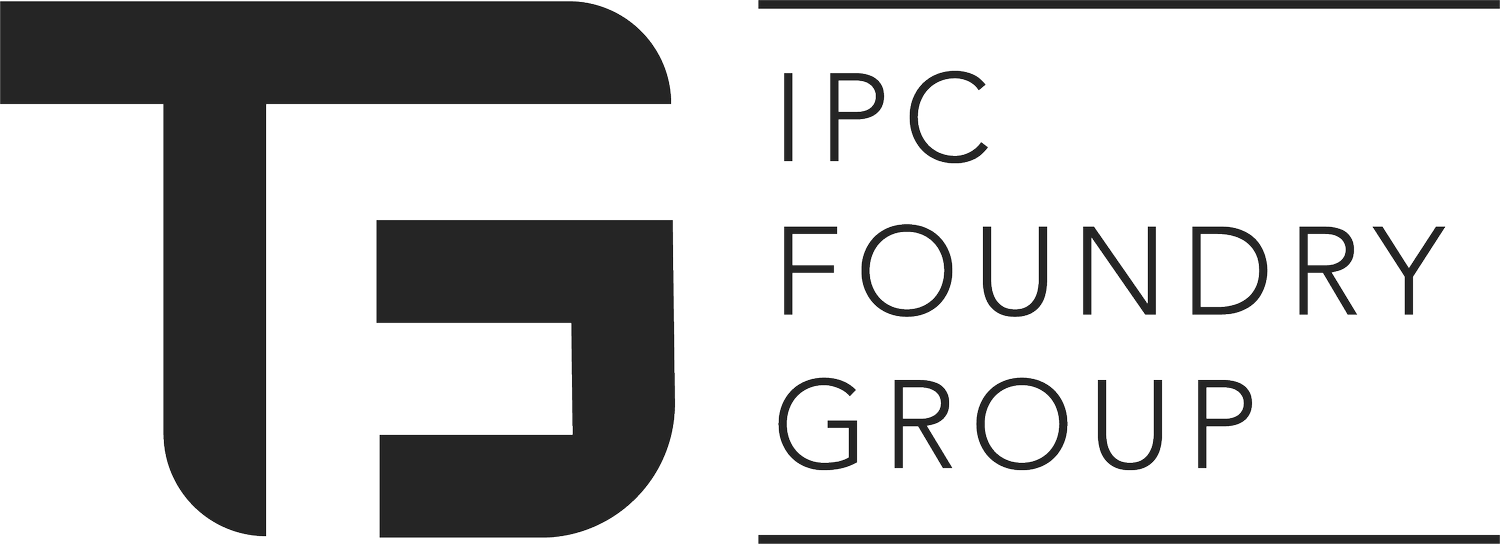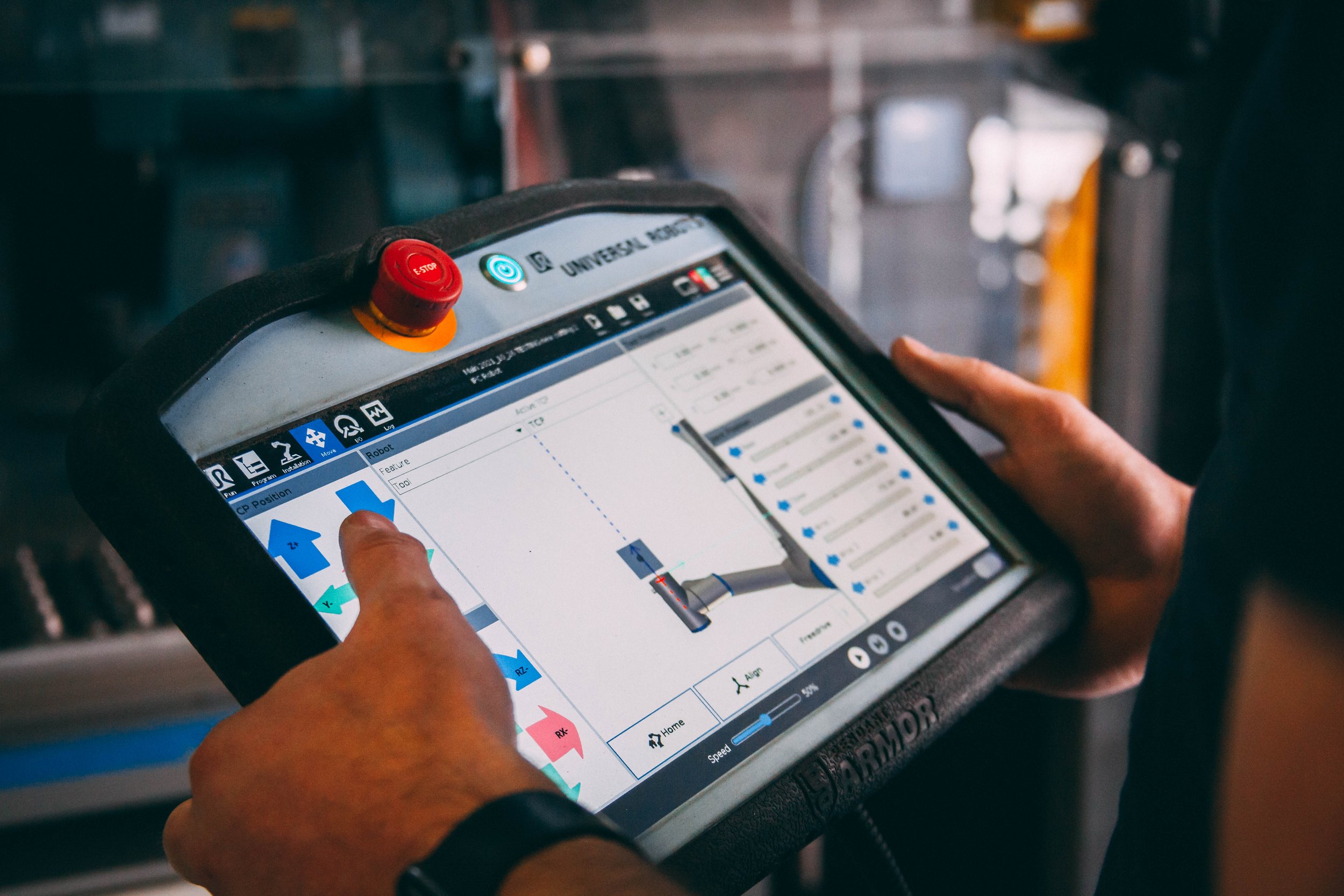Intro to Investment Casting
What is Investment Casting?
Investment casting, also known as lost wax or precision casting, is a metal-forming technique that employs wax patterns to craft ceramic molds for shaping metal components. This method enables the production of intricate, highly precise, and consistently reproducible castings, a feat often impractical or prohibitively expensive with alternative metal-forming processes.
In an investment cast, wax patterns serve as a 1:1 mold for your metal part. The same wax patterns are repeatedly dipped into a ceramic slurry to form a hard outer shell around them. With ceramic shells in place, the wax is melted away, leaving behind precision-shaped shells, which are then filled with molten metal. You can see an example of this in the short video above.
After the metal pouring stage, the metal parts are nearly complete! The ceramic shell is carefully removed, and the resulting metal component undergoes finishing processes essential for its intended market applications. This post-casting phase includes steps such as machining, stamping, painting, certification, and other necessary enhancements to ensure the final product meets quality standards and specifications.
Ceramic shells drying at our Utah Foundry.
Investment Casting allows for highly detailed parts produced in bulk.
A ceramic shell with molten metal inside.
How Does Investment Casting Work?
Investment Casting is a multi-step process with individual nuances for each project. However, the process at large can be broken down into four primary steps.
1) Making a Wax Pattern:
Using 3D modeling software, special tooling, and wax injection molding, foundry workers will produce full-scale wax models of your part. Wax patterns will allow the production team to form a mold for metal pouring in subsequent steps. Once these wax patterns are crafted, technicians strategically group them onto structures known as "trees." This arrangement enables the simultaneous pouring of multiple metal parts, streamlining the production process.
2) Forming Ceramic Shells:
The wax trees from the previous step are dipped into a ceramic slurry multiple times to form a hard outer shell around the wax. Most slurries are composed of silica or similar ceramic fragments combined with a liquid binding agent. The resultant ceramic shells allow for the precision pouring of your selected alloy(s) in later steps.
3) Burnout and Metal Pouring:
The ceramic shells are heated to melt away the internal wax. This is typically done in a flash fire machine or autoclave; wax can be reclaimed and recycled for future use. The now hollow shells are superheated in preparation for metal pouring. Molten metal is poured into the ceramic, and as it cools, the casting solidifies.
4) Finishing Work:
After the removal of any remaining ceramic shell, the castings undergo any necessary finishing work. This involves the elimination of imperfections through processes such as sanding or grinding. Additional steps may include painting, stamping, machining, heat treating, testing, certification, or any other necessary procedures to meet the specific requirements of the metal parts before they are ready for the market.
Want to see the investment casting process in detail? Click the button below to check out our process and some of the automation we’ve implemented to streamline production.
A wax model being affixed to a “tree” of parts during the investment casting process.
Is Investment Casting Expensive?
Investment casting can be perceived as relatively expensive when compared to other casting methods, such as sand casting. It is an intricate and multi-step process that requires skilled labor, specialized equipment, and careful attention to detail, all of which contribute to higher production costs.
Additionally, the materials used in investment casting, such as the ceramic shell and the precision casting molds, can be more costly than those used in simpler casting methods. The initial tooling and setup expenses also contribute to the overall cost, making it less economical for small-scale or simple component production.
Initial expenses aside, investment casting allows businesses to produce highly intricate and complex parts with tight tolerances. The method's precision often eliminates the need for extensive machining or additional finishing processes, potentially offsetting the upfront costs. The tooling and forms used to create wax patterns are reusable, time and time again, which allows for significant savings when producing parts in bulk.
Precision casting proves its worth, particularly in the mass production of metal parts. You really can think of it as an investment for your company. The upfront costs may be significant, but they will pay dividends in bulk production. The utilization of wax molds facilitates the efficient and cost-effective production of hundreds or even thousands of intricately detailed parts with consistent quality.
Bottom Line:
While investment casting may incur higher costs for small-scale production and simple components when compared to traditional casting methods, it emerges as the most cost-effective option for intricate parts, those demanding tight tolerances or a refined surface finish, or when mass-producing components in large quantities.
An example part produced via investment casting
Is Investment Casting Right for Your Business?
Advantages of Investment Casting
Investment casting relies on wax models to form molds for metal parts, enabling the production of robust and intricate castings spanning from a few ounces to over 70 pounds. While the initial cost of these wax molds can be significant, their investment proves worthwhile when producing large quantities of parts. Although additional finishing and machining may be required for highly complex designs, the investment casting method stands out as the optimal approach for efficiently manufacturing high-quality and cost-effective components in bulk.
It also allows for pouring numerous ferrous and non-ferrous alloys including low-carbon steels, copper-based alloys, aluminum, titanium, and more.
You Should Consider Using Investment Casting If:
You need to reliably produce hundreds or thousands of metal parts
Your part has complex dimensional tolerances and/or thin walls
You require a smoother surface finish than sand casting provides
You’d like to include your logo on your part
You want to produce parts with less finishing requirements/cost
Bottom line:
Investment casting is a great solution for producing detailed metal parts in bulk. It allows for a superior surface finish and requires less finishing when compared to sand casting or other metalworking methods (forging, fabrication, welding, etc.)
Automation in Investment Casting
The IPC Foundry Group is dedicated to optimizing and automating the investment casting process to get you to market quicker than ever.
Alternative Metal Working Methods
A metal part in a sand casting mold.
What About Sand Casting?
Pros & Cons of Sand Casting
Similar to Investment Casting, Sand Casting utilizes molds, but, in this case, two-piece molds are fashioned by compressing sand and clay. Sand Casting is a cost-effective metal forming method that allows for affordable, small production runs. Particularly advantageous during the development or prototyping stages or when product updates are frequent, sand casting enables inexpensive and straightforward modifications to part designs. Additionally, it imposes virtually no size constraints, making it an excellent choice for pouring very large parts.
Sand Casting May Be the Right Fit If:
You are producing a small amount of parts
You have a large metal part (over 75 pounds)
Your part is not complex in design (no thin edges, or intricate components)
You are prototyping and designs are likely to change
You are seeking a cost-effective small production run.
Despite its cost-effectiveness and versatility, sand casting does come with some drawbacks. One notable limitation is the inherent surface roughness that often requires additional machining or finishing processes to achieve desired levels of smoothness and precision. This can make manufacturing costs skyrocket when producing parts in bulk.
The two-piece molds, while economical, may also result in less intricate and detailed castings compared to more advanced methods like investment casting. This can lead to quality issues on more complex designs.
The disposable nature of sand molds means they are suitable for limited production runs and may not be as environmentally sustainable as reusable molds used in other casting processes. Finally, the casting process itself can be labor-intensive and time-consuming, impacting overall production efficiency and turnaround times for larger orders.
Sand Casting Isn’t Ideal If:
You are producing parts in bulk
You have a complex design (thin walls or intricate shapes)
You need a very fine surface finish or have a small intricate part
Machining allows for extremely intricate metal components
A Brief Look at Machining
Machining metal parts is a precise and versatile process that involves the removal of material using cutting tools, resulting in the creation of intricate components with tight tolerances. This method, often employed with CNC (Computer Numerical Control) technology, allows for the production of customized and complex shapes, ensuring a high degree of accuracy and repeatability. Machining offers the flexibility to work with various metals, including aluminum, steel, and titanium, catering to a wide range of industrial and consumer applications.
Pros of Machining Parts:
You can rapidly produce highly detailed parts
You can achieve next-level precision that is not afforded by casting methods
Cost-effective for a small/medium production run of intricate parts
You can use a wide variety of materials, including aluminum & titanium
While machining is recognized for its capability to achieve fine detailing and precision, it is essential to consider the associated costs and the trade-off between precision and material strength when compared to other manufacturing methods such as investment casting. Often machined parts aren’t as strong as their cast counterparts and a high level of detail can still be achieved with investment casting.
Cons of Machining Parts
Machined metal parts typically aren’t as strong as their cast counterparts
Very high costs when producing in bulk
The IPC Foundry Group
All Your Metalworking Needs in One Place
The IPC Foundry Group offers casting solutions for medium and large-scale businesses. With our network of finishing and machining partners, we are primed to tackle your next metalworking project; however complex it may be.
Contact us today to get started!
Disclaimer:The content provided in this blog is intended for informational purposes only. We make no guarantees regarding the completeness of the information presented. It is imperative for individuals seeking casting/manufacturing solutions to define their specific requirements clearly. This blog does not offer manufacturing or casting advice, and readers are encouraged to contact our dedicated team for more detailed quotes, personalized information, and expert assistance tailored to their unique needs. 










